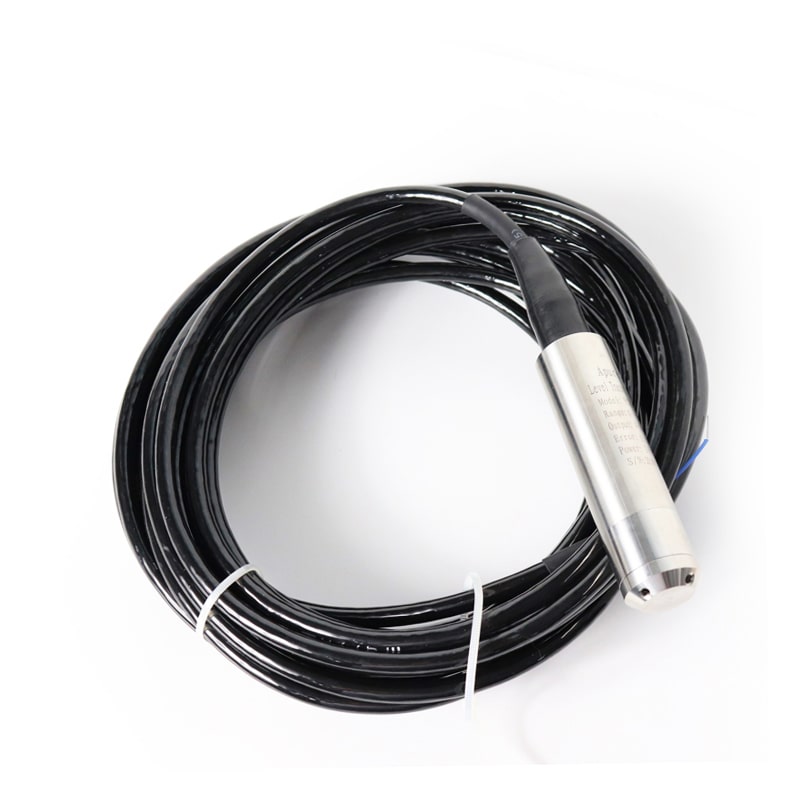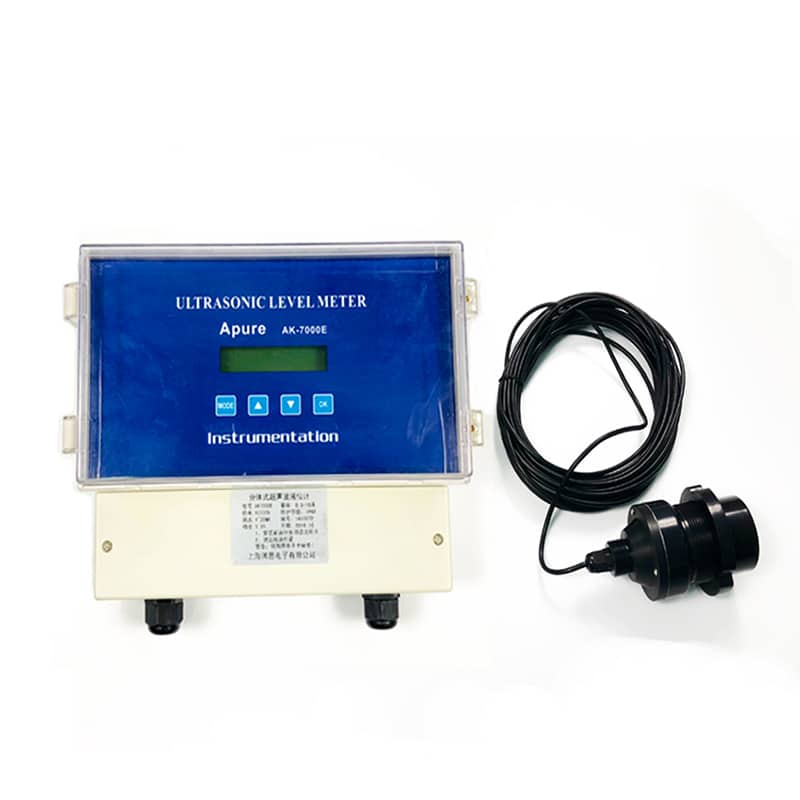What is liquid level measurement transmitters in process control?
Liquid level measurement is defined as the linear distance between the top surface of a liquid or bulk solid and a predetermined reference point in a storage tank. Many types of liquid level measurement instrumentation tools are used in industrial processes.
Level sensors are liquid level indicators that simply measure the level of the liquid or solid in the process. These level measurements can be sent to a central computer for historical tracking and for process automation and control. Level switches are sensors whose action is triggered by an electrical signal from a specific liquid, powder or bulk level. Level transmitters are instruments with an electrical signal that provides a constant level measurement that can be sent to a remote recording location for liquid, powder, or solid level measurements. Level measurement transmitters are commonly used in the petrochemical, power, chemical and water treatment industries.
Types of level transmitters and their working principle
The operating principles of liquid level transmitters vary according to their underlying principles. Capacitive level transmitters work through capacitors, hydrostatic level transmitters rely on fluid pressure in a storage vessel for level measurement, and ultrasonic level transmitters convert the distance ultrasound travels to determine the level. However, all of these level transmitters measure liquid level in one of three ways.
- Fluid weight
- Fluid pressure head
- The position of the fluid in the vessel
There are 2 types of level measurement – direct and indirect level measurement, or performed by contact or non-contact transmitters. Direct level measurement is considered ideal for the small level changes observed in various industrial tanks. However most level transmitters are designed for indirect level measurement because they are sensitive and designed for level measurements that are too high or too low and direct measurement becomes difficult. Ultrasonic level transmitters can be used in either contact or non-contact configurations.
There are eight types of liquid level measurement transmitters. Each type of transmitter works in a different way and makes it suitable for different types of processes.
Float Level Transmitters
The float level transmitter consists of a magnetic float, a measuring conduit, a signal unit, an electronic unit, a junction box and mounting parts. The general magnetic float has a specific gravity of less than 0.5 and can float above the liquid surface and move up and down along the measuring conduit, which is equipped with a measuring element that converts the measured liquid level signal into a resistance signal proportional to the change in liquid level under the action of external magnetism, and converts the electronic unit into a 4-20mA or Other standard signal output.
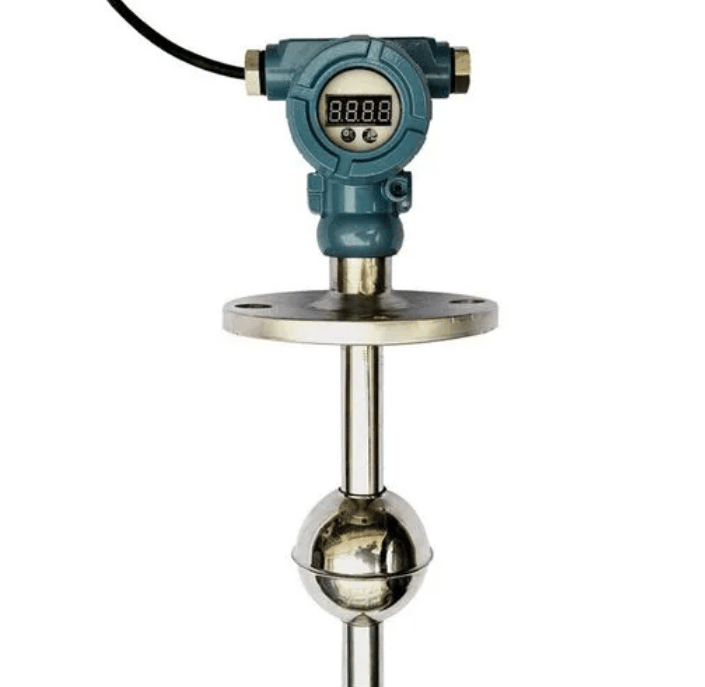
Buoy Level Transmitter
The structure of float level transmitter is similar to that of float level transmitter, except that the way of level measurement is changed to float measurement. The float level transmitter is a strain sensing technology with metal membrane to measure the liquid level, which is based on Archimedes’ buoyancy principle. The operation of the float level transmitter is simple and can be set with a button.
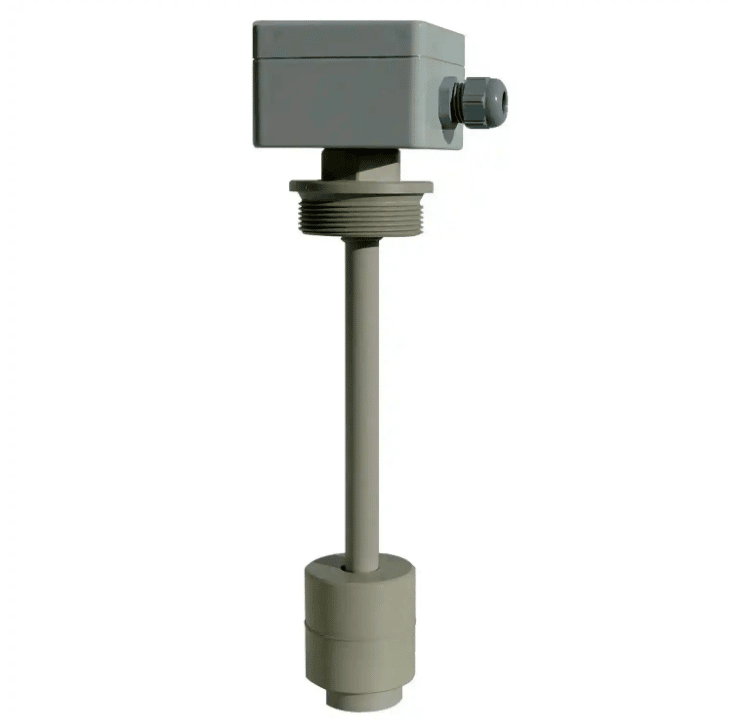
Radar Level Transmitters
Radar level transmitters, like radar, use radio waves to transmit. Typically, these devices are installed on top of or near a tank filled with liquid. The transmitter itself sends the radar signal to the liquid in the tank and receives a reflection of that signal. The transmitter will then accurately calculate the current level of the tank based on the amount of time it takes for the transmitted signal to return.
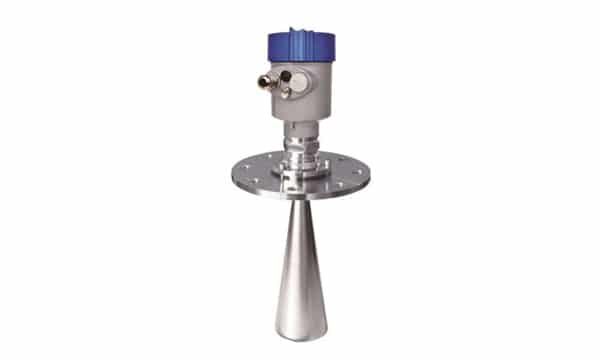
Ultrasonic Level Transmitter
An ultrasonic level transmitter that acts in a similar manner to a non-contact radar level transmitter. With this transmitter, an ultrasonic transducer mounted on or near the top of the tank emits an ultrasonic pulse. When the pulse hits the surface of the liquid, it is reflected and the transducer calculates the level based on the time between the pulse and the returned signal.

Capacitance Level Transmitters
Capacitance level transmitters, get their name from capacitors. In other words, the circuit element temporarily stores energy for use in the power circuit. The capacitor stores energy between two insulated electrodes. A non-conductive dielectric is placed between the two electrodes to help store electrical charge. The more dielectric the medium has, the more energy can be stored. Therefore, capacitive level transmitters use the liquid in the tank as the dielectric between two or more electrodes.
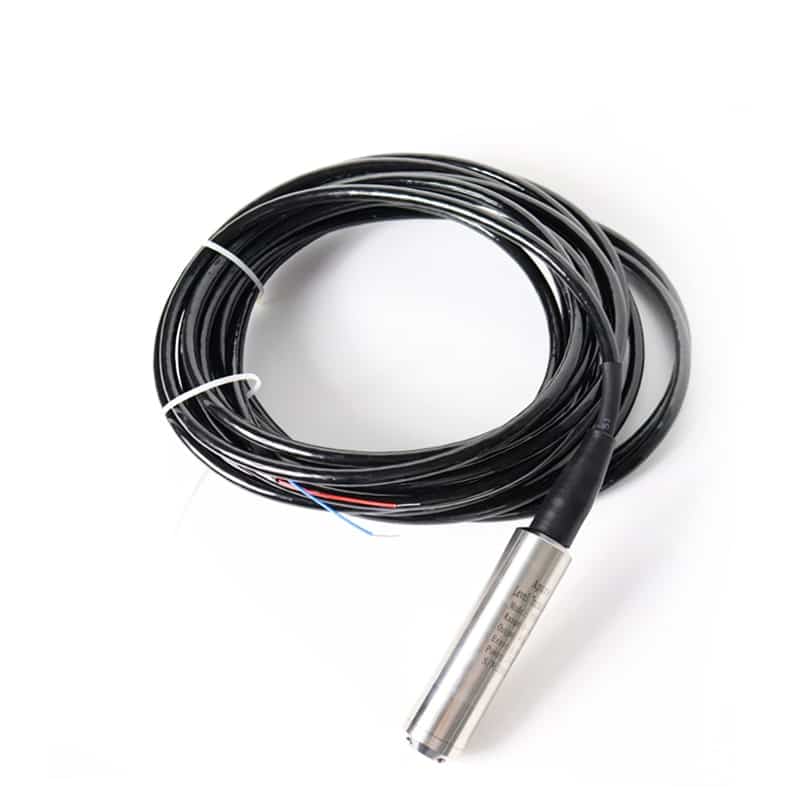
Hydrostatic Level Transmitters
Hydrostatic level transmitters, also known as pressure level transmitters, determine the fluid content of a vessel primarily by measuring the pressure of the remaining fluid in the vessel. The greater the force on the fluid, the greater the volume of fluid in the vessel. This is one of the most common types of liquid level detection devices. It is critical that the density of the fluid remains constant to ensure accurate measurement. As the gravity of the fluid increases, the pressure per cubic inch applied to the transmitter also increases.

Magnetic Level Meters
A magnetic level transmitter that uses a small magnetic object suspended in a buoyant float. This is usually within a narrow auxiliary column to limit any lateral movement of the float. A different magnetic device measures the movement of the float when it is on top of the liquid. This allows the transmission of accurate and consistent fill levels. Since the float rises or falls in trend with the liquid level, this method is useful for continuous measurement.

Guided Microwave Level Transmitter
Guided microwave level transmitters, this type of level transmitter works by sending microwave or electromagnetic pulses through a sensor rod/cable. When the signal reaches the liquid surface, it travels up the sensor rod and back to the transmitter housing. The electronics are integrated into the transmitter housing and determine the fill level based on the time it takes for the signal to travel down the sensor rod and back again. This value is then displayed on the transmitter’s display. This type of level transmitter is suitable for liquids and is used for industrial applications in all areas of process technology.
Apure level transmitter products
Apure’s intelligent level measurement solutions can be safely used to measure a wide range of liquids, including corrosive, toxic and flammable materials. Extensive and superior level measurement solutions offer the flexibility to integrate the next generation of advanced continuous level transmitters and point level switches into magnetic level meters as a powerful integrated platform, ensuring improved safety, performance and reliability while reducing total cost of ownership. The cost of legacy technology or multiple individual solutions, maintenance plans and associated accessories provide customers with significant savings, space savings, minimized leakage potential, weight savings, and because this is fully factory assembled and tested, there is no need for on-site manufacturing and calibration. Apure’s intelligent level measurement solutions are now ideal for future growth.
Extended reading:
Solution of water pollution
Liquid flow meter
What is a pressure transmitter?
Select the right water flow meter for you

